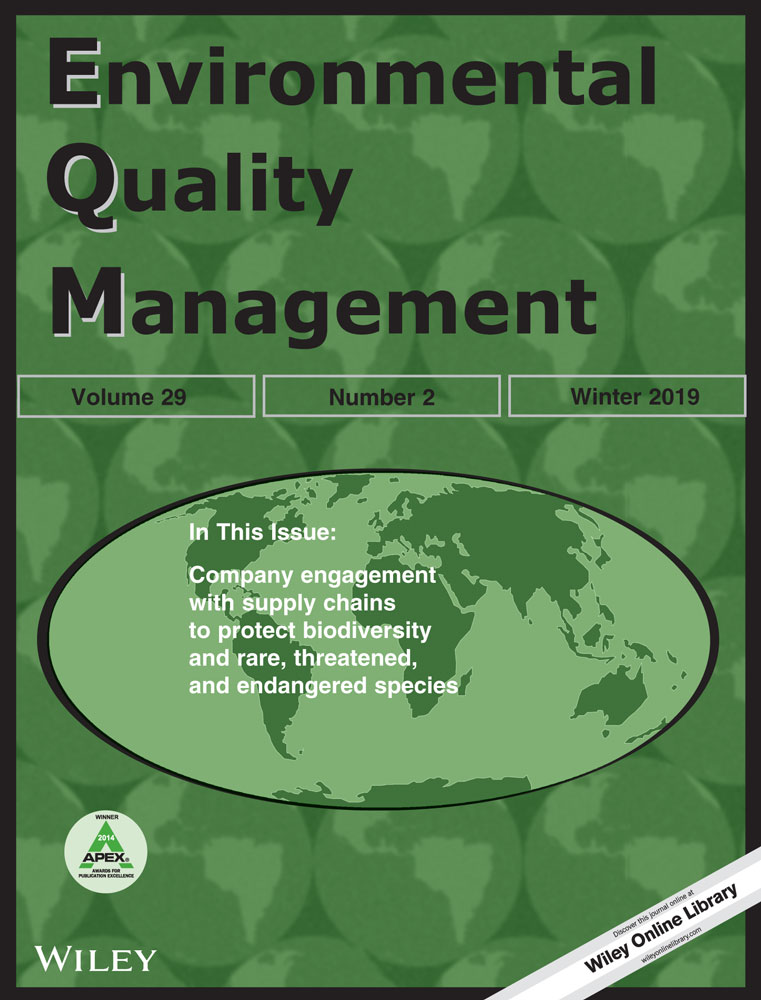Qualitative assessment on premature human mortality due to the emission of fine particulate matter from the Matarbari coal power plant
[Correction added on 12 December 2019 after first online publication: In author affiliation city name was fixed as Dhaka 1000, Bangladesh]
Abstract
This study reports the probability of increased mortality of people within the political border of Bangladesh due to the emission of fine particulate matter with diameters of 2.5 microns or less (PM2.5) from the Matarbari coal power plant (MCPP). A Gaussian plume dispersion model has been used for this estimation. The PM2.5 emission rate data are unavailable as the construction of MCPP is still in its initial stage; therefore, the anticipated PM2.5 emission rate has been estimated based on data from a number of coal-fired power plants in India and China. To make this study more meaningful, two different emission rates have been considered representing the best-case and worst-case scenarios. In both cases, the intake fraction has been found to be 0.12×10−2, and the value of relative risk varies between 1.134 and 1.374, respectively. Finally, it is estimated that approximately 11.5 million people inside Bangladesh will be exposed to the PM2.5 emission from MCPP, and between 7,667 and 17,675 people will experience premature death every year.




